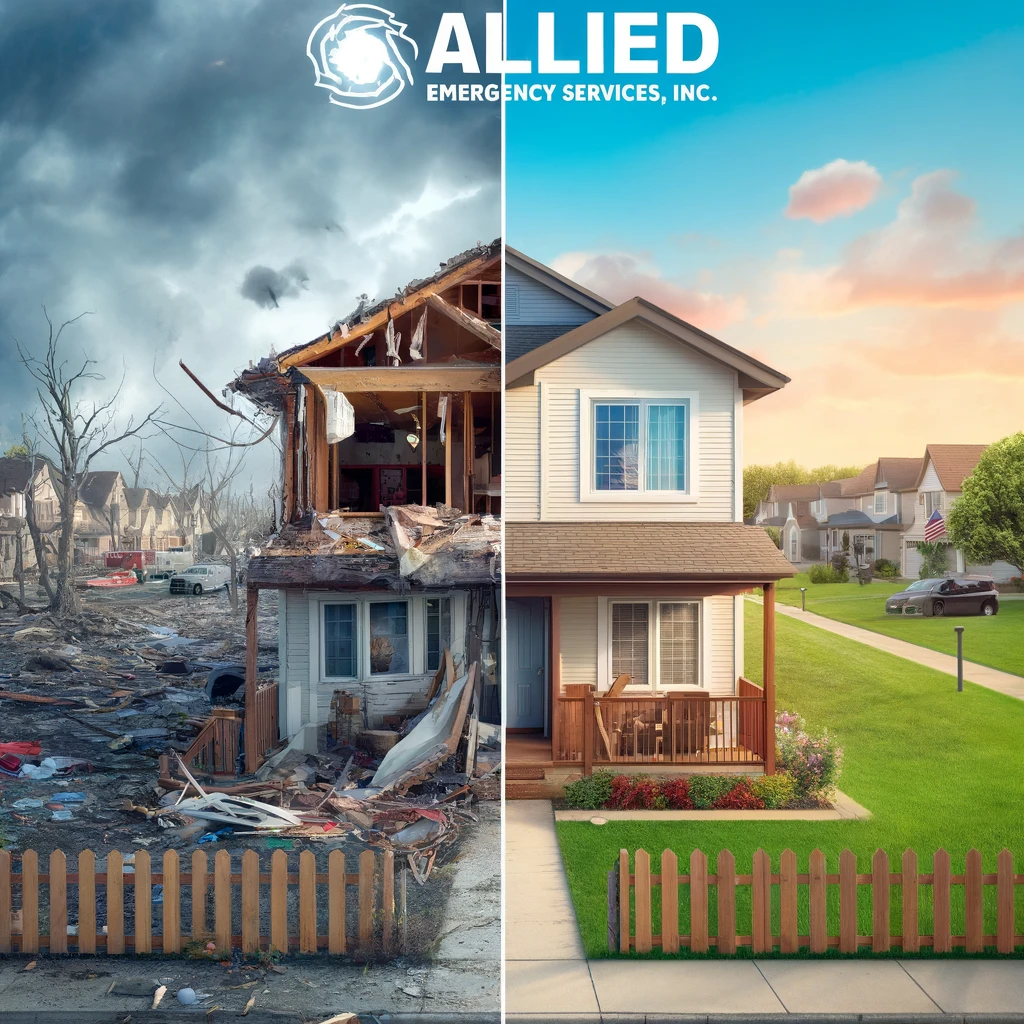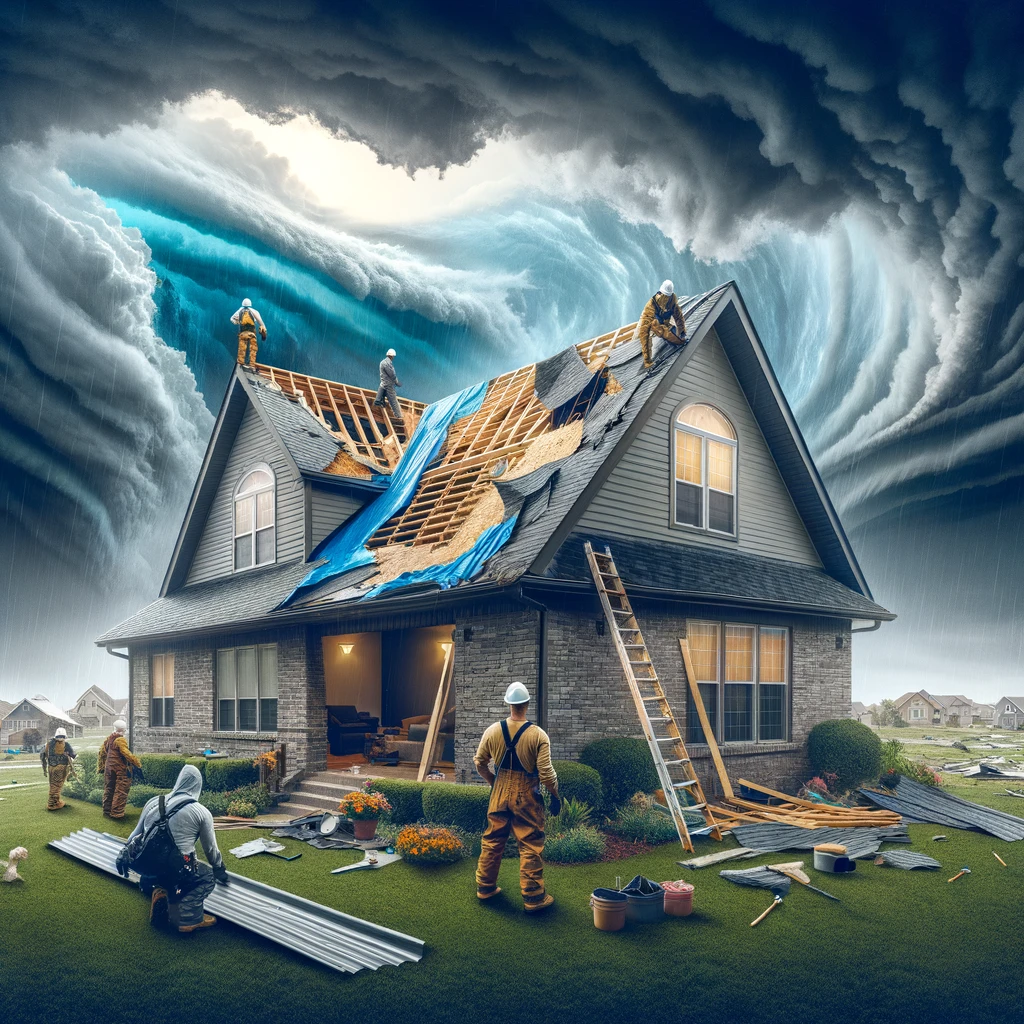Understanding Windstorm and Tornado Hazards in Building Design
Every year, the United States witnesses devastating impacts from tornadoes and other windstorms, with winds that can exceed 200 mph. Such extreme weather events not only threaten life but also cause millions of dollars in property damage. Building homes that can withstand these winds is crucial, particularly in tornado-prone areas. The Federal Emergency Management Agency (FEMA) and other organizations provide valuable resources and guidelines for constructing safer, more resilient homes.
The Importance of Safe Rooms and Refuges
Safe Rooms: A safe room is an area within a home that is specially designed to meet FEMA P-361 and ICC 500 standards, providing near-absolute protection from extreme winds and debris. These rooms are capable of withstanding up to 250 mph wind speeds and impacts from windborne debris. The inclusion of a safe room in home designs is a recommended strategy for enhancing occupant safety during tornadoes.
Refuge Areas: For homes without a built-in safe room, identifying a refuge area is critical. FEMA’s guidance and resources like FEMA P-804 help homeowners evaluate their homes to find the best potential refuge areas, ensuring minimal vulnerability to windstorm impacts.
Retrofitting Existing Structures for Enhanced Wind Resistance
Retrofitting an existing home to improve its wind resistance can significantly decrease the risk of damage during high-wind events. FEMA’s P-804 guide offers extensive information on retrofit strategies that can strengthen homes, from reinforcing roof connections to improving the wind resistance of windows and doors. Implementing these measures can help in maintaining structural integrity and potentially lowering insurance premiums.
Considerations for Retrofit Projects
Before undertaking a retrofit project, it’s crucial to assess the home’s existing condition and structural vulnerabilities. Homeowners should consult with qualified professionals to determine the most effective retrofitting strategies that comply with local building codes and meet their specific safety needs.
Building Code Compliance and Construction Standards
Ensuring compliance with local and national building codes is paramount in windstorm-resistant construction. The International Residential Code (IRC) and standards from the American Society of Civil Engineers (ASCE) provide guidelines for designing structures that can withstand various wind speeds and environmental challenges. Adherence to these codes not only enhances safety but also ensures legal compliance during construction and retrofitting projects.
Key Building Code Elements for Windstorm Safety
- Roofing requirements: Properly securing roofs and using wind-resistant materials can prevent significant damage during windstorms.
- Window and door reinforcements: Installing impact-resistant windows and doors can reduce the risk of breaches that could lead to structural failures.
- Foundation and anchoring systems: Strong foundations and anchoring systems are critical to maintaining the stability of a structure during high winds.
Conclusion
Designing and retrofitting homes for tornado and windstorm protection is a vital consideration for homeowners in prone areas. Utilizing resources like FEMA’s guidelines and adhering to the IRC can greatly enhance a home’s resilience against these natural disasters. Homeowners are encouraged to consult with licensed professionals to ensure their home meets all safety standards and is prepared for the challenges posed by extreme weather conditions.
For immediate service or consultation, you may contact us at Allied Emergency Services, INC.
Contact Information:
- Phone: 1-800-792-0212
- Email: Info@AlliedEmergencyServices.com
- Location: Serving Illinois, Wisconsin, and Indiana with a focus on the greater Chicago area.
Disclaimer: This article is intended for informational purposes only. For professional advice, consult experts in the field.










